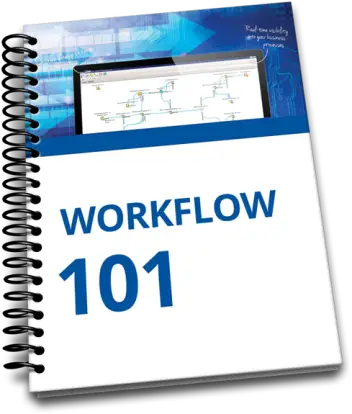An interesting article by processexcellencenetwork.com outlines 4 common process mapping mistakes – and how to avoid them.

Process mapping is an analytical tool, commonly used by process improvement professionals to capture real-world operation – then reflect it through a set of processes in order to visualise the inputs, interactions, deliverables and parties involved in an organisation’s operation and decision-making and identify process inefficiencies, disjoints and improvement opportunities.
Although process mapping offers a structural analysis approach – and the capability to deliver systematic outputs – article contributor Shu-Wing Pang believes that the effectiveness of process mapping can be affected by how it is selected as the method of analysis – and how it is planned and executed.
Providing observations from his own experience, Pang gives an example of how process mapping was appropriately applied to summarise core processes and identify non-value-added activities to facilitate improvement during the procurement process for a reengineering project.
On the flip-side, Pang also notes another project, where the consultants involved failed to capture the true scale of the operational processes in the organisation and the resultant improvement was unable to address the real underlying problems.
See the full article here.